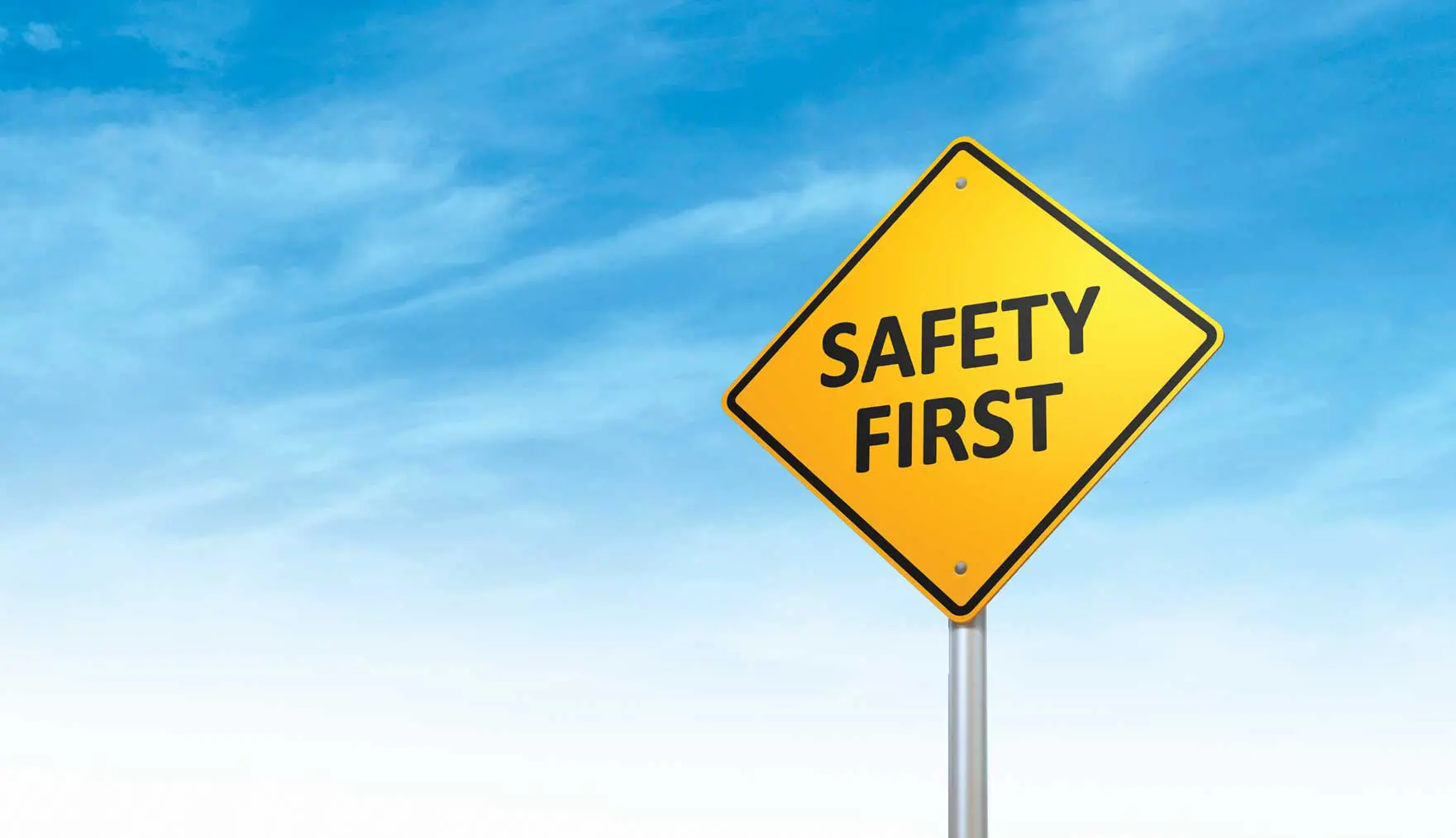OPERATIONALIZING SAFETY RISK MANAGEMENT
By KEVIN SLUSS, CSP, AMC FLIGHT SAFETY
AIR MOBILITY COMMAND FLIGHT SAFETY
Safety risk management is a critical aspect of any organization, particularly those operating in industries where safety is paramount, such as aviation, healthcare, and nuclear power. It involves identifying potential hazards, assessing the associated risks, and implementing measures to mitigate or eliminate those risks. However, the effectiveness of safety risk management depends heavily on how well it is operationalized within an organization. This article explores the concept of operationalizing safety risk management and examines its key components, challenges, and best practices.
UNDERSTANDING SAFETY RISK MANAGEMENT
Before delving into operationalizing safety risk management, it is essential to understand its foundational principles. Safety risk management typically follows a systematic approach consisting of several key steps.
- Hazard Identification: This step involves identifying potential sources of harm within the organization’s operations. Hazards can range from equipment failures to human error to environmental factors.
- Risk Assessment: Once hazards are identified, the next step is to assess the risks associated with those hazards, which involves evaluating the likelihood of an adverse event occurring and the potential severity of its consequences.
- Risk Control: Based on the risk assessment, measures are implemented to control or mitigate the identified risks. This process may include engineering controls, administrative controls, or using personal protective equipment.
- Monitoring and Review: Safety risk management is an ongoing process that requires continuous monitoring and review, which ensures that control measures remain effective and relevant in the face of changing circumstances.
OPERATIONALIZING SAFETY RISK MANAGEMENT
Operationalizing safety risk management involves integrating it into an organization’s day-to-day operations. It goes beyond simply having policies and procedures in place; it requires a cultural shift in which safety is prioritized at all levels of the organization. Several key components are essential for successfully operationalizing safety risk management, including—
- Leadership Commitment: Effective safety risk management starts at the top. Organizational leaders must demonstrate a commitment to safety and provide the necessary resources to support risk management initiatives. This process includes allocating funding for training, personnel, and safety equipment.
- Clear Policies and Procedures: Organizations should have clear and comprehensive policies and procedures governing safety risk management. These documents should outline roles and responsibilities, as well as the steps to be followed in identifying, assessing, and controlling risks.
- Training and Education: Employees at all levels of the organization should receive training on safety risk management principles and practices. This initiative includes training on hazard identification, risk assessment techniques, and the proper use of safety controls.
- Effective Communication: Open and transparent communication is essential for effective safety risk management. Employees should feel comfortable reporting hazards and near misses without fear of reprisal. In addition, communication channels should be established to disseminate important safety information throughout the organization.
- Risk Reporting and Analysis: Organizations should have mechanisms in place for reporting and analyzing safety risks. This procedure may involve incident reporting systems, safety audits, and regular risk assessments. Data collected through these mechanisms can help identify trends and areas for improvement.
- Continuous Improvement: Operationalizing safety risk management is an iterative process that requires a commitment to continuous improvement.
Organizations should regularly review their safety practices and procedures, seeking feedback from employees and incorporating lessons learned from past incidents.
CHALLENGES IN OPERATIONALIZING SAFETY RISK MANAGEMENT
Although operationalizing safety risk management offers numerous benefits, it also presents several challenges that organizations must overcome, including—
- Complacency: In industries where safety is perceived as a priority, there is a risk of complacency setting in. Employees may become relaxed in following safety protocols, leading to an increased risk of accidents and injuries.
- Resource Constraints: Implementing effective safety risk management requires resources, including time, money, and personnel. Smaller organizations or those operating on tight budgets may struggle to allocate sufficient resources to safety initiatives.
- Resistance to Change: Operationalizing safety risk management often requires a cultural shift within an organization. Resistance to change from employees accustomed to existing practices can hinder progress.
- Complexity: Safety risk management can be complex, particularly in industries with numerous hazards and regulatory requirements. Organizations may need help to develop and implement comprehensive risk management strategies.
BEST PRACTICES FOR OPERATIONALIZING SAFETY RISK MANAGEMENT
Despite these challenges, several best practices can help organizations effectively operationalize safety risk management. Best practices include—
- Engaging Employees: Employees are often the first line of defense against safety risks. Engage them in the risk management process by soliciting their input, providing training, and recognizing their contributions to safety.
- Using Technology: Leverage technology to streamline safety risk management processes. This endeavor may include using incident reporting software, risk assessment tools, and data analytics platforms to identify trends and patterns.
- Benchmarking: Learn from the experiences of other organizations by benchmarking against industry best practices. Participating in industry associations and networking with peers can provide valuable insights into effective risk management strategies.
- Promoting a Reporting Culture: Foster a culture in which employees feel comfortable reporting safety concerns without fear of retribution. Encourage open communication and ensure that reports are promptly investigated and addressed.
- Investing in Training and Development: Provide ongoing training and development opportunities for employees at all levels of the organization, including training on safety procedures and leadership development programs to cultivate a safety-focused culture.
CONCLUSION
Operationalizing safety risk management is essential for organizations looking to prioritize safety and minimize the risk of accidents and injuries. By integrating risk management principles into their day-to-day operations, organizations can create safer work environments, protect their employees and assets, and ultimately enhance their long-term sustainability and success.
REFERENCES
Adams, J. (2019). Risk Management in Aviation. Routledge.
Health and Safety Executive. (2021). “Managing Risks and Risk Assessment at Work.” https://www.hse.gov.uk/simple-health-safety/risk/.

